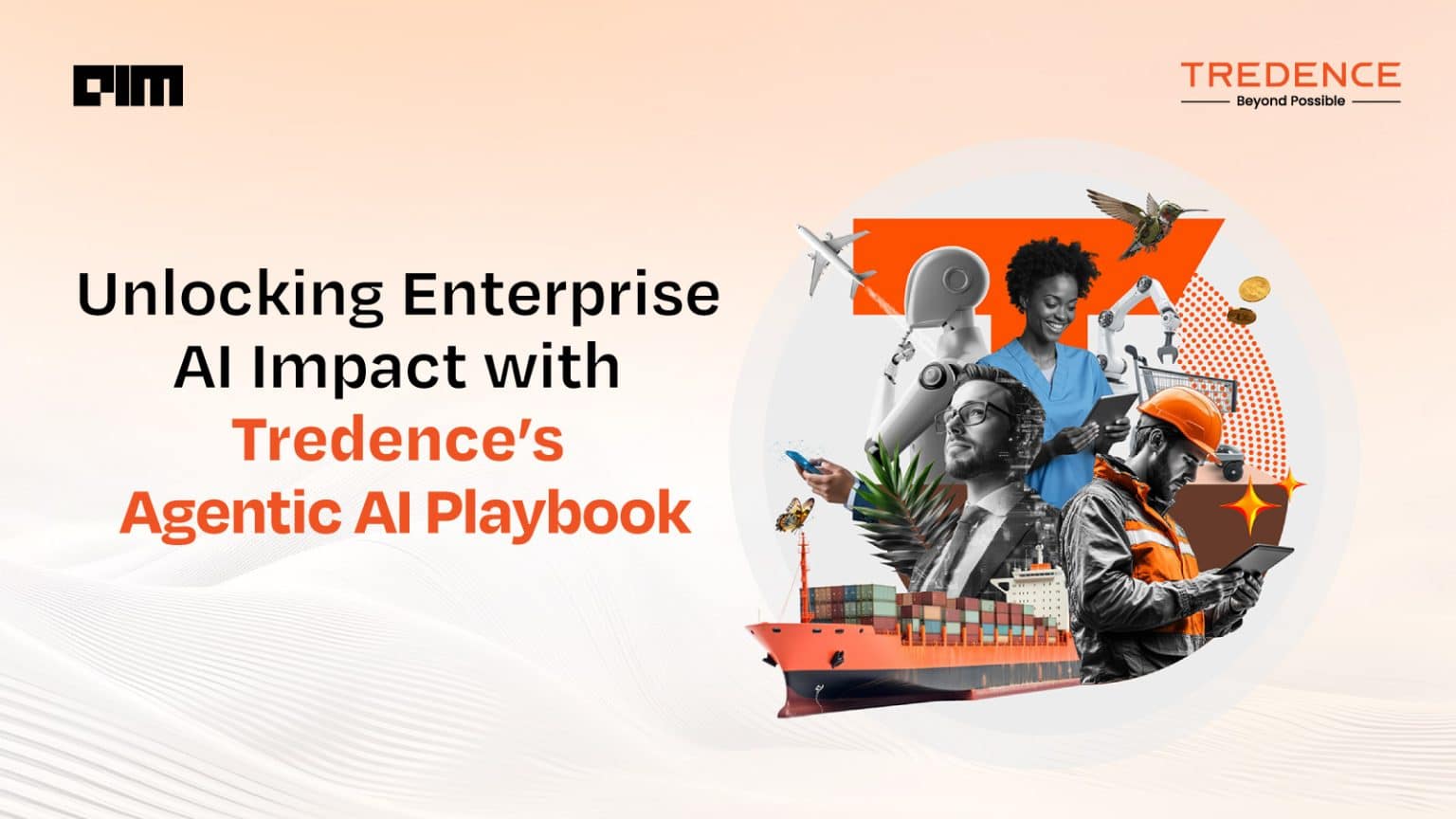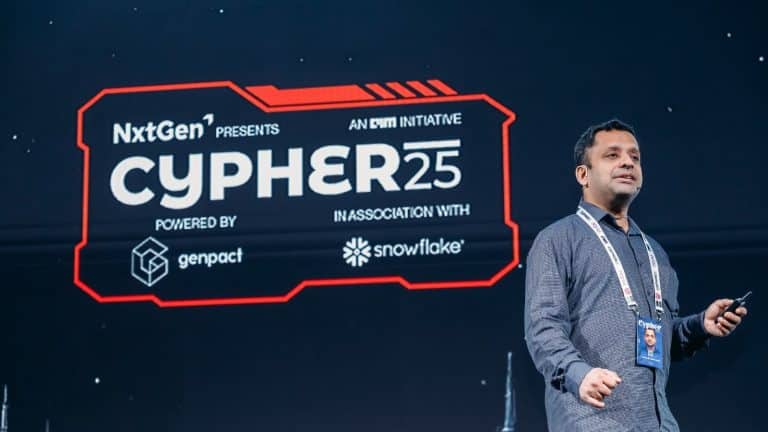Tredence, a data analytics and AI services company, has introduced the Agentic AI Playbook, a strategic guide designed specifically for chief data and analytics officers (CDAOs) and AI leaders who are tasked with evolving their organisations from running isolated AI pilots to achieving enterprise-scale AI modernisation.
The playbook provides a comprehensive approach to redefining organisational workflows, decision-making processes and leadership structures to enable the seamless integration of AI agents into core business functions.
Moving Beyond Pilots: A New Approach to AI Adoption
Many enterprises today suffer from what Tredence identifies as the “underuse” of AI, where investments in artificial intelligence largely remain confined to experimentation or limited-scale initiatives.
The Agentic AI Playbook challenges this status quo. It contends that the main challenge for organisations is not about AI misuse or the shortcomings of the technology itself, but instead the mismatch between AI’s potential and existing organisational designs and operational models.
Tredence highlights that simply acquiring new AI tools or scaling data science teams is not sufficient. To unlock AI’s full business value, enterprises need to rethink how work gets done, clarify decision rights and define how humans and AI systems collaborate in decision-making.
The playbook frames AI agents as active participants—peers rather than assistants—that can autonomously execute tasks and augment human capabilities when integrated thoughtfully into workflows.
“Agents-as-a-service will soon prevail. Agentic AI systems are domain-focused, intelligent tools that understand the contexts and rationales behind tasks, can execute all necessary steps autonomously and incorporate feedback,” Sumit Mehra, co-founder and CTO of Tredence, said.
A Structured Framework for AI Maturation and Value Realisation
The Agentic AI Vision Playbook frames transformation through five strategic lenses, each guiding organisations across three maturity phases—Now, New, and Next. The first lens, Business Value Realisation, focuses on structuring AI efforts to deliver tangible ROI, maintain stakeholder confidence and build sustained value.
Human + AI Agents = Co-Intelligence redefines human roles in an increasingly automated environment, emphasising strategic alignment between people and intelligent systems.
Business Process Reengineering highlights how decision intelligence and agentic AI can streamline and optimise workflows across the enterprise. Technology Evolution prepares leaders for emerging innovations such as quantum computing, brain-computer interfaces and compact, domain-specific AI models.
Lastly, Governance & Compliance calls for agile, scalable frameworks that uphold responsible AI practices while adapting to shifting regulations. Together, these lenses help leaders act in the short term, transform operating models in the medium term and build resilient, AI-native organisations for the future.
The Agentic AI Playbook outlines a practical, multi-phase framework that helps enterprises progress from the current state of AI maturity to a future where AI is deeply embedded in everyday business processes across functions and geographies. The roadmap is organised into three overarching stages:
- Now – What leaders must act on in the next 12 months
- New – How operating models and systems evolve in two to three years
- Next – What long-term leadership looks like in AI-native organisations
This staged approach assists leaders in maintaining stakeholder alignment, justifying investments, and navigating the shift in culture and skills required to operate alongside autonomous AI.
Aligning Human Strategy with Autonomous AI
Central to the playbook’s vision is the idea that AI adoption involves more than technical deployment, as it requires fundamental changes in how decisions are made and who makes them.
The playbook encourages C-suite executives to review and redefine decision rights, risk management approaches, and accountability structures to integrate AI agents as reliable execution partners.
In practice, this means that responsibilities traditionally held by humans may be redistributed to AI systems under defined guardrails, while humans focus on oversight, strategy and complex judgment calls. By doing so, enterprises can eliminate inefficiencies, enhance responsiveness, and scale AI-driven benefits consistently across business units.
Preparing for a Dynamic AI Future
The rapid pace of AI innovation means companies must develop strategies that are resilient and adaptable. The Agentic AI Playbook recognises that AI agents will evolve in capabilities, necessitating continuous updates not only in technology but also in organisational dynamics and leadership philosophies.
By applying the playbook’s guidance, enterprises can better anticipate emerging risks and opportunities, ensuring that their AI initiatives remain relevant and impactful as the market landscape transforms.



















